It all starts, then, with the Maserati MC20 , a name that pays tribute to the competition division of the Modena brand, Maserati Corse (which won the FIA GT World Championship with the MC12 from 2005 to 2009 and will return to competition with the MC20) and the year of turning the page from the manufacturer of Modena, 2020.
And the two big news (which will have repercussions for many Maserati in the future) are the inclusion of a new platform and the debut of a 3.0 l turbo V6 engine — the first made by Maserati itself in more than 20 years — with 630 hp ( and 730 Nm), which starts to impress as the series production six cylinders with the highest specific power in the world (210 hp/l).
And it is just the first of a new family of engines, called Nettuno, which is starting to be produced in Modena, like the car itself, in the historic factory that has been the birthplace of the Maserati for 80 years.
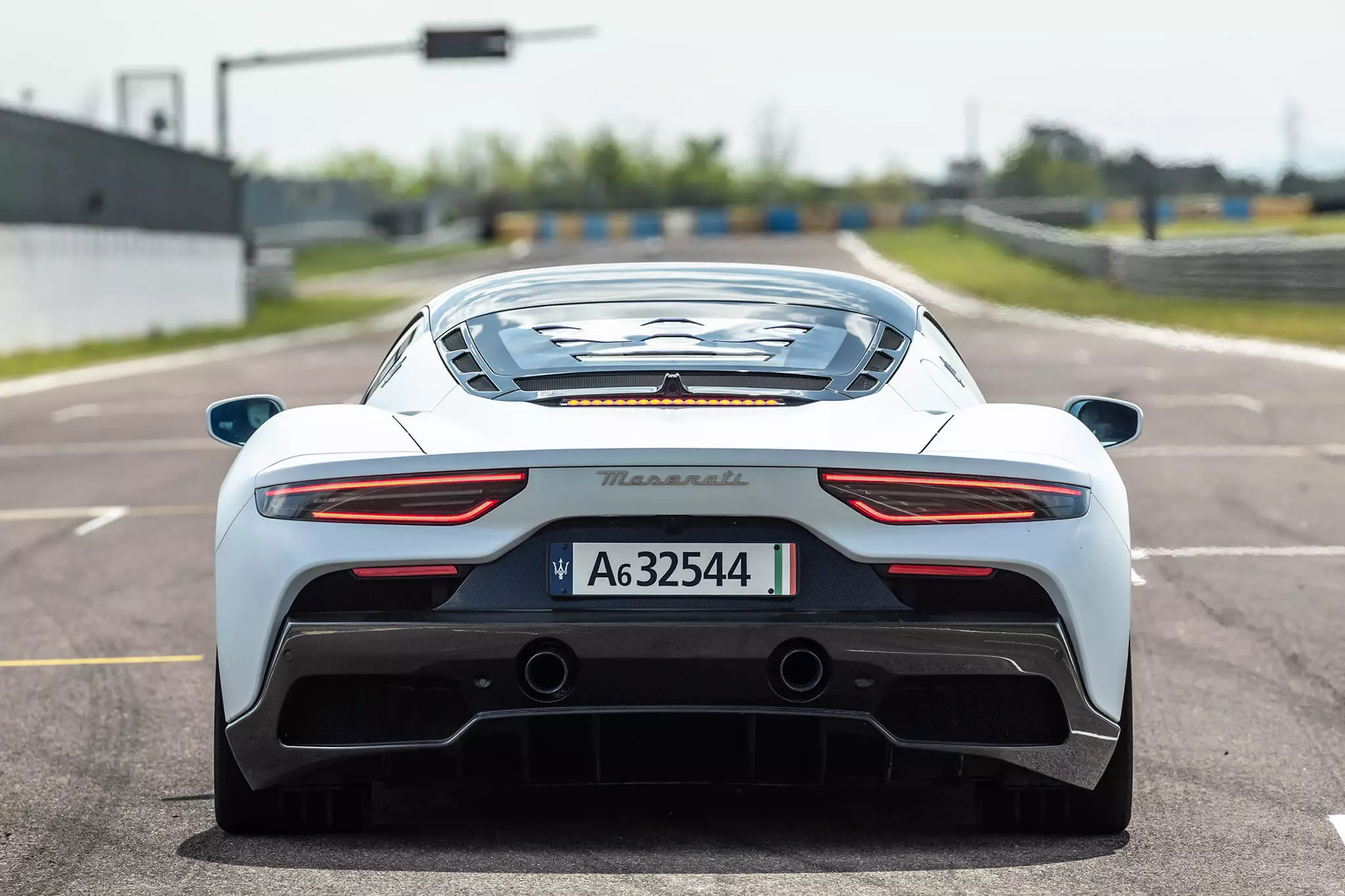
In the words of Federico Landini, development director for the Maserati MC20, you can immediately see that there is enormous pride in this new “heart”, which uses Formula 1 technology.
Federico Landini, development director for the Maserati MC20“It is a real work of art and had a development cost of close to 100 million euros. I would like to highlight the pre-chamber (combustion) placed between the spark plug (two per cylinder) and the main combustion chamber, which allows optimizing the efficiency and speed of the entire process, despite the enormous technological complexity."
But Landini is certain that the investment has given the desired results: “we have achieved higher output (in the order of an additional 120/130 hp and 130 Nm extra) and lower emissions (in the latter case the gearbox helps, with two final overdrives; top speed is reached in 6th).
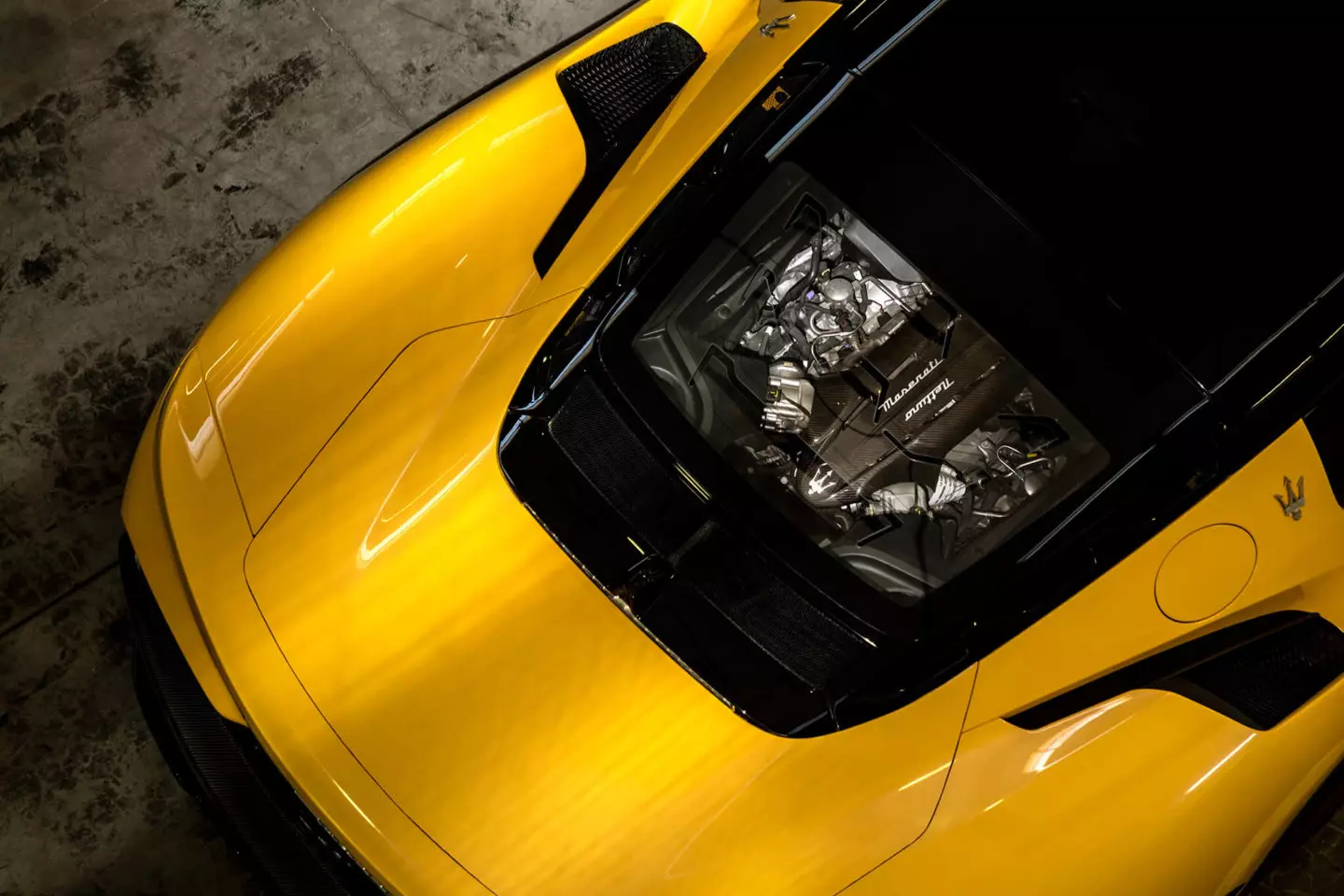
And the credentials of the new Nettuno confirm this, achieving a new world record for specific power and also an average consumption (WLTP) lower than that of the most direct rivals: 11.6 l/100 km against 13.8 l/100 km of the 610 hp Lamborghini Huracán (RWD), 11.9 l/100 km of the 620 hp McLaren GT or the 12.0 l/100 km of the 650 hp Porsche 911 Turbo S.
Lightweight helps a lot
But potency isn't the only ingredient needed to produce an explosive cocktail, and mass matters enormously. Here, too, the Maserati MC20 makes a good impression, charging 1470 kg on the weighbridge, which means 135 to 280 kg than its closest rivals: 1750 kg for the Porsche 911 Turbo S, 1645 kg for the Ferrari Roma or 1605 kg for the McLaren GT. The first with a six-cylinder unit, the others with eight cylinders.
The benefits are therefore benefited, with the Maserati being able to shoot up to 100 km/h in less than 2.9s, spending less than 8.8s to reach 200 km/h and reaching a top speed of over 325 km /h (all values not yet needed as they are subject to approval).
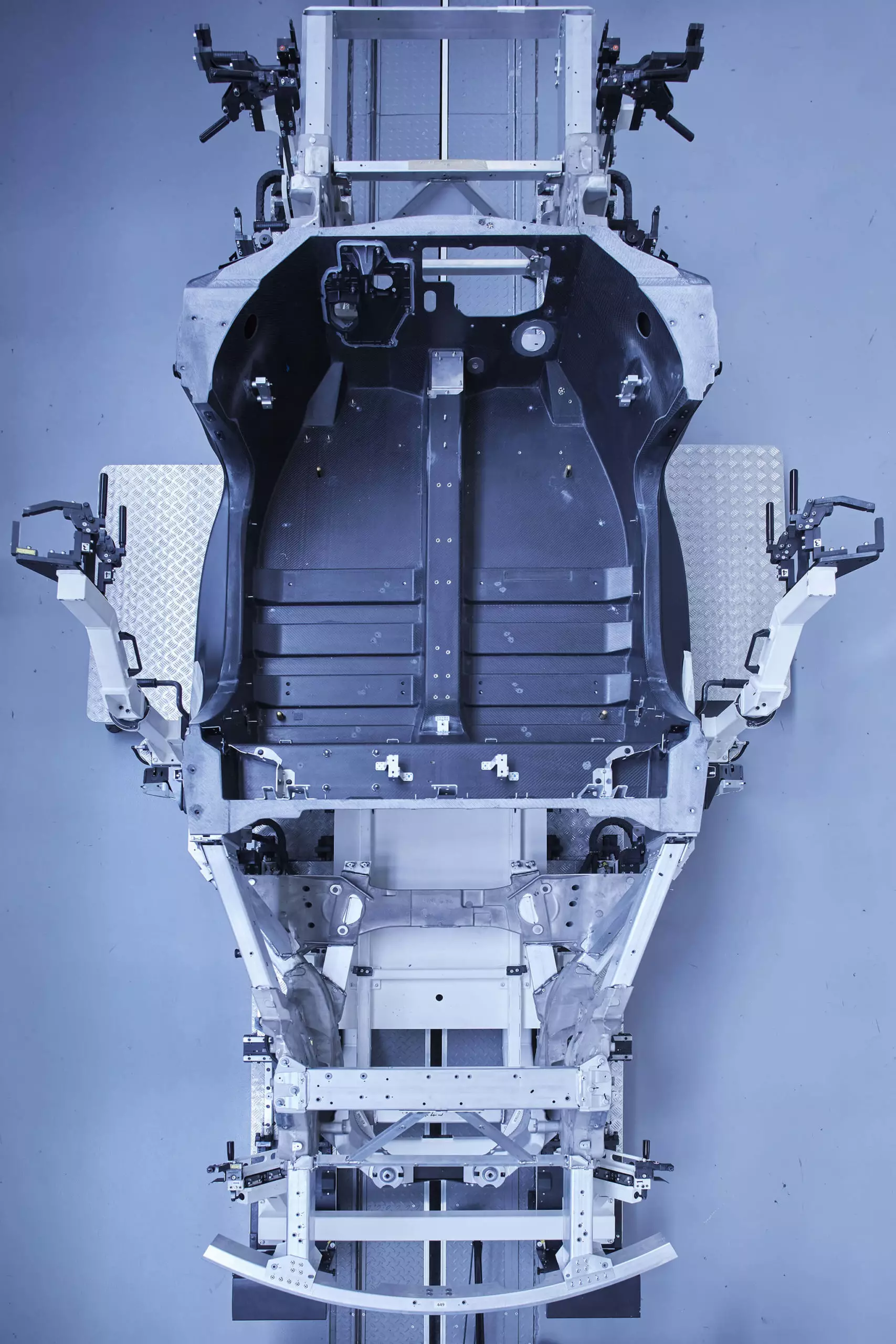
A good part of the secret for the low mass lies in the monocoque made of carbon fiber and composite materials, made with Dallara, a company with decades of experience in the field of production of chassis for competition single-seaters.
Virtual development to not waste time
The entire MC20 development process was new for Maserati, as Landini confirms: “97% of the car's development was done virtually and that was decisive. Our simulators are highly complex and reliable, allowing evaluations to be carried out with all types of variables and we can test many more regulations in much less time and without cost”.
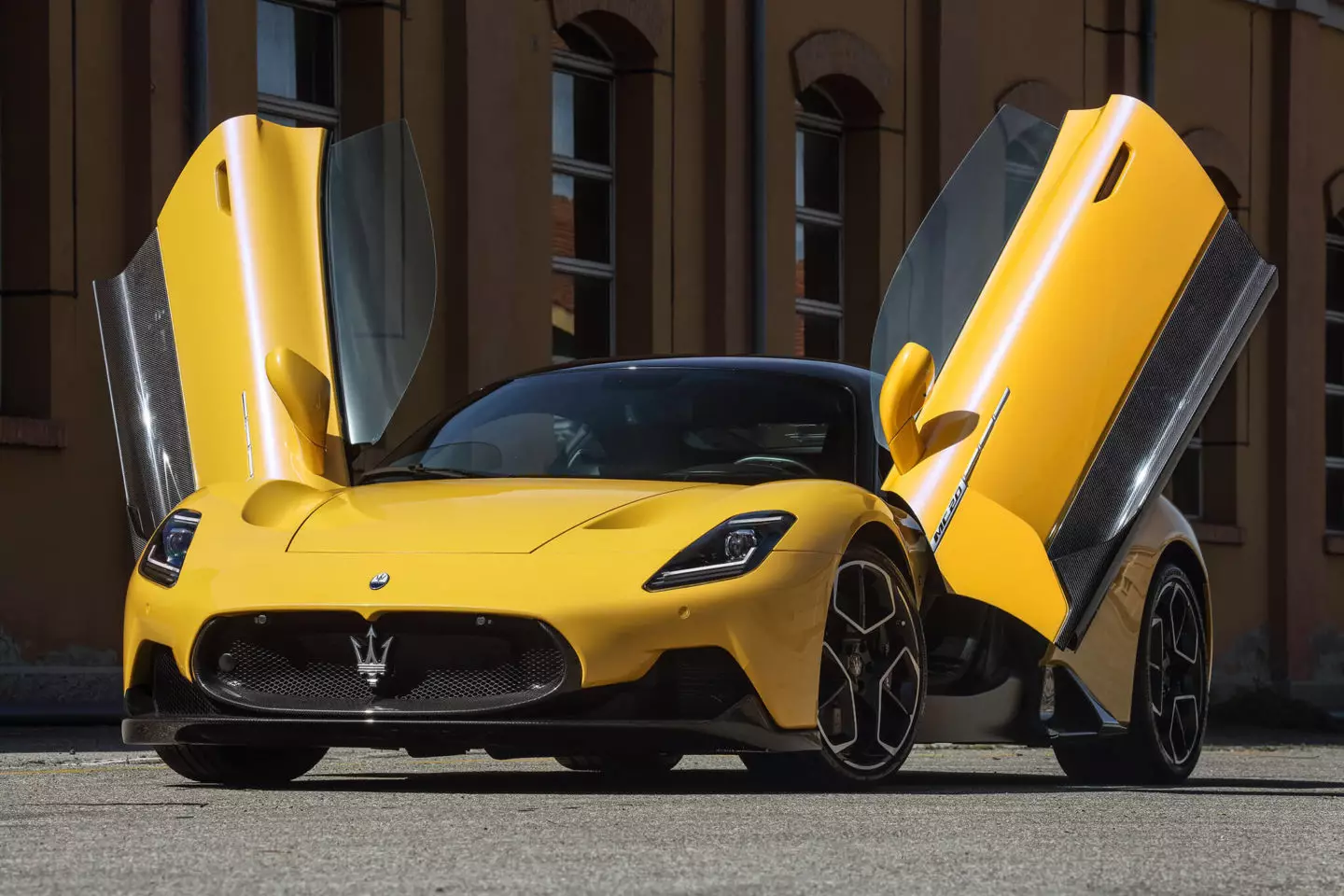
At first glance, the drama of the bodywork is evident, devoid of aerodynamic appendages, with the car's own lines joining form and function. In the best stylistic tradition of Maserati, the front is very striking, with the dominant cockpit standing out between the wheel arches, with an emphasis on the engine in the central rear position, just behind the cabin.
As a very short car, the scissor-opening doors make it easy to get in and out, and once installed, I can appreciate the generous space both in width and height — any occupant up to 1.90 m tall and broad-shouldered will not feel it. major constraints on your movements.
Alcantara and carbon fiber
The dashboard is covered in Alcantara, leather and enriched with carbon fiber exposed to breathing racing genes through all its pores and the overall minimalist appearance stands out, so that driving is as close as possible to driving, in the right context.
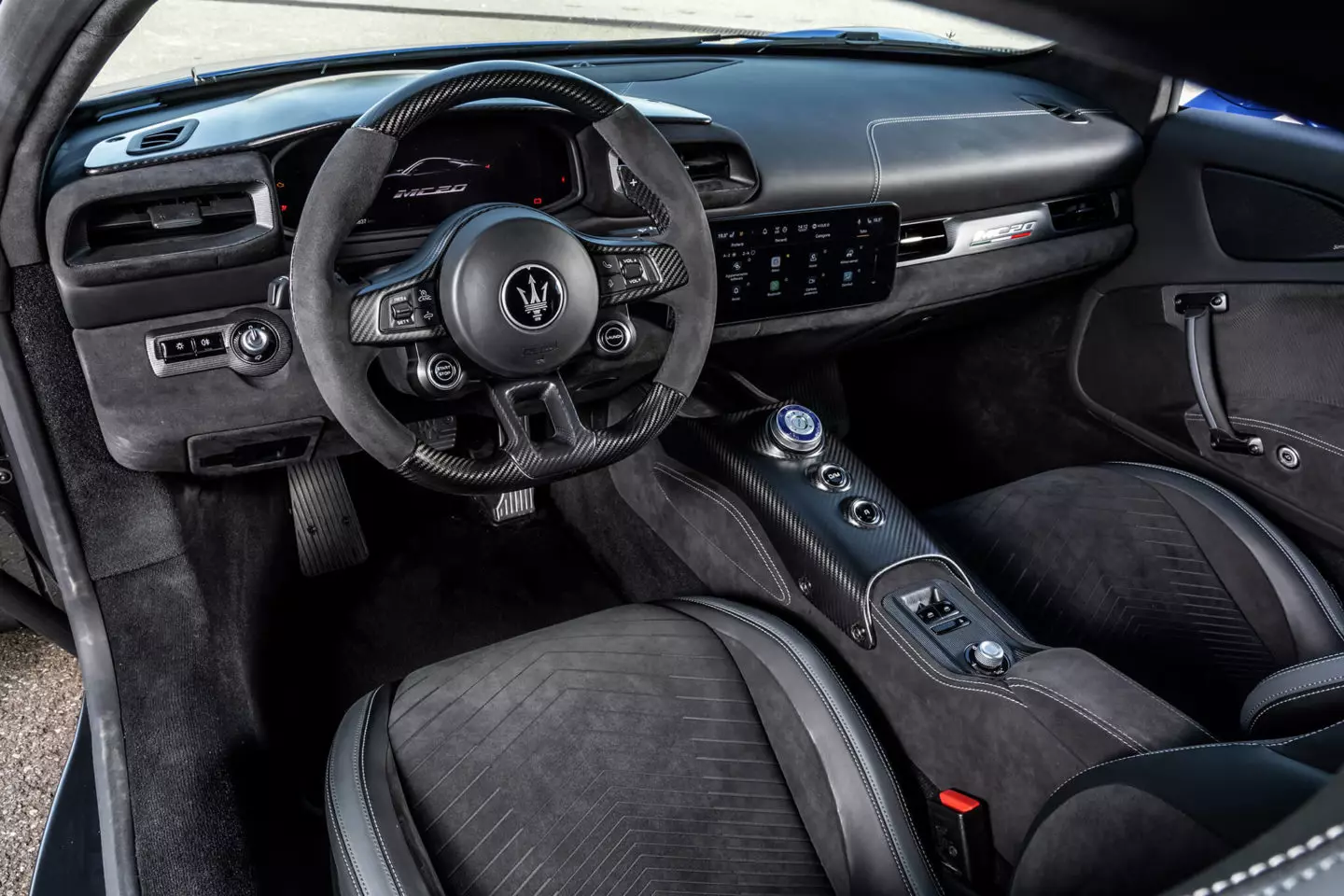
The leather (with colored stitching) on the upper surface creates a distinct and personalized ambience, while the thick-rimmed steering wheel combines the good grip of this gourmet suede with the technical look of carbon fiber.
On the face of the steering wheel, you will find buttons such as Start (strangely in black), Launch and also the cruise control and audio system switch. Behind the steering wheel we have paddles (the case is automatic) which are carbon fiber on this test unit, but the standard ones are made of aluminium.
There are two 10.25” digital screens, one for the instrumentation (configurable and with various race presentations) and the infotainment center. The latter is tactile, slightly oriented towards the driver (not enough in my opinion, but Maserati justifies that they don't want to exclude the passenger from using it) and has an anti-glare treatment, as well as being completely black after switching off.
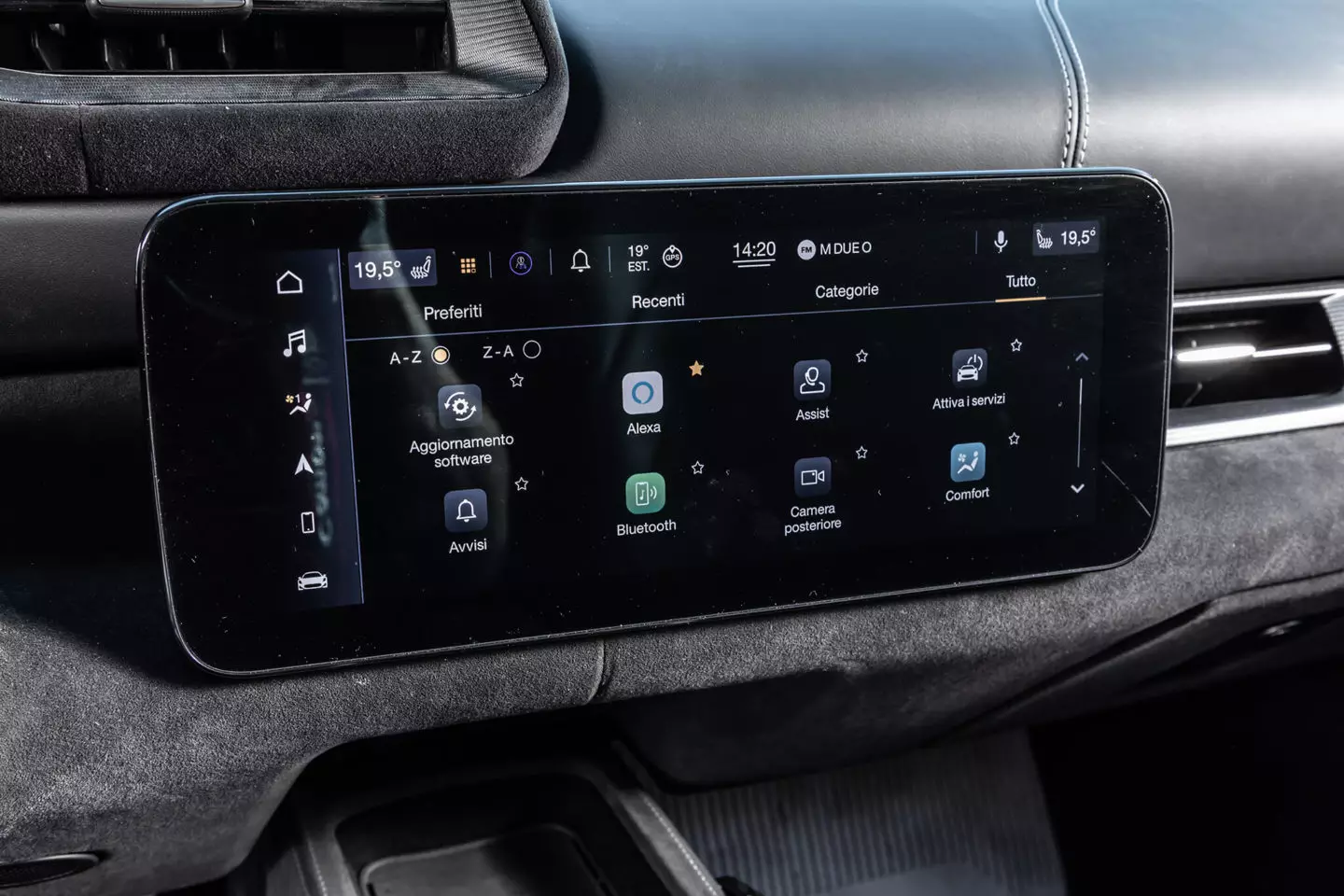
The infotainment system is accessed via a 10.25" touchscreen
The internal rearview mirror projects the images captured by a rear camera and is even more useful than on a Land Rover Defender, as you can't see anything to the rear, because of the engine placed behind the back and the narrow transparent area at the rear.
One of the most important driving interfaces is the rotary control positioned in the raised central tunnel, which allows you to choose between the various driving modes (from left to right): Wet, GT, Sport, Corsa and ESC Off (to turn off the control of stability).
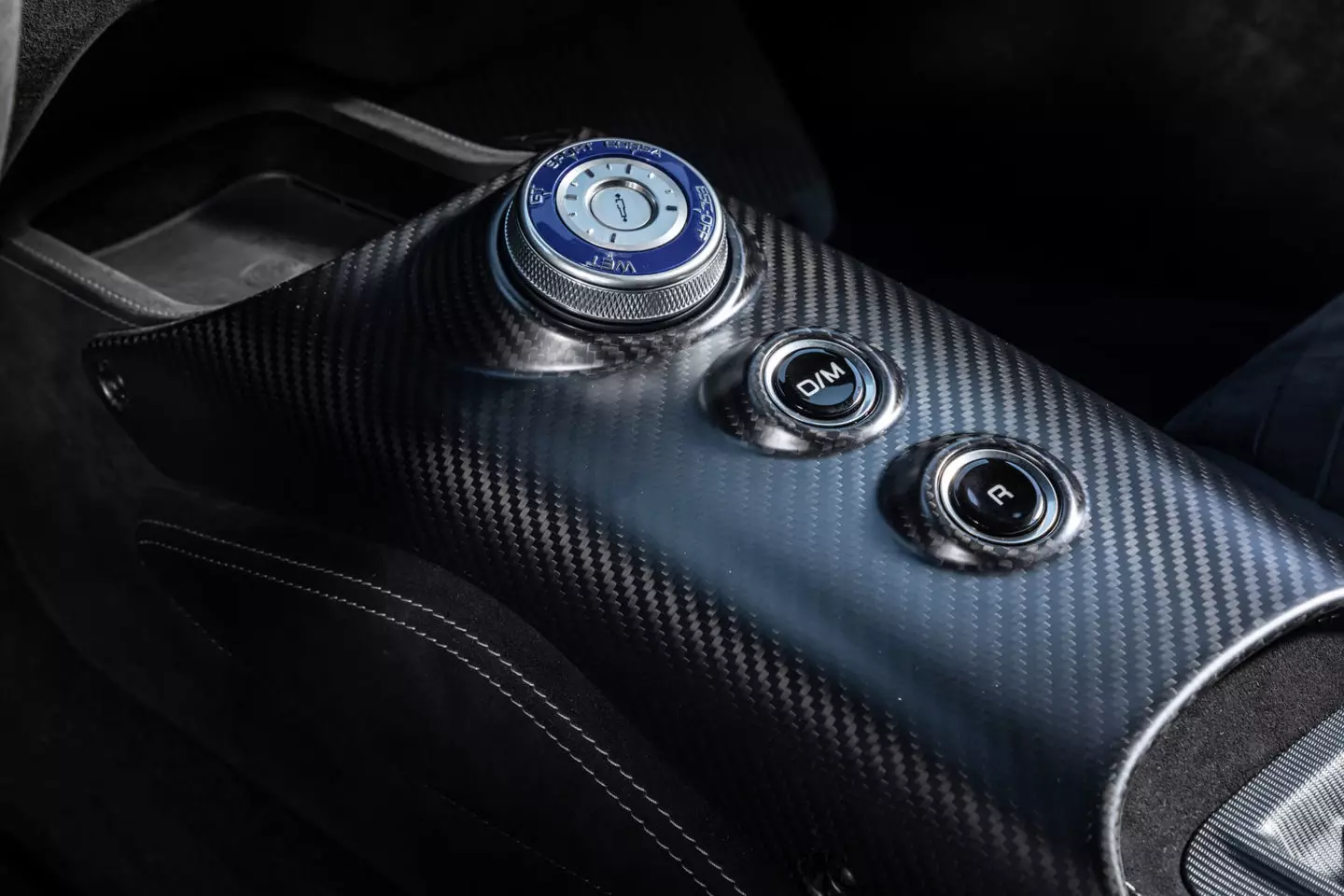
As is normal in cars of this caliber, there is no stop/start button (the engine turns off every time the car stops is not something appreciated by the Maserati MC20's target customer), but there is one to raise the “nose” of the car (5 cm up to a speed of 40 km/h) so as not to touch the front of the ground, especially in garage entrances and exits.
The seats have integral headrests and reinforced side support, which is normal in a super sports car, and there are two small luggage compartments, one with 100 liters at the back and the other with 50 liters at the front, taking advantage of the absence of an engine at the front.
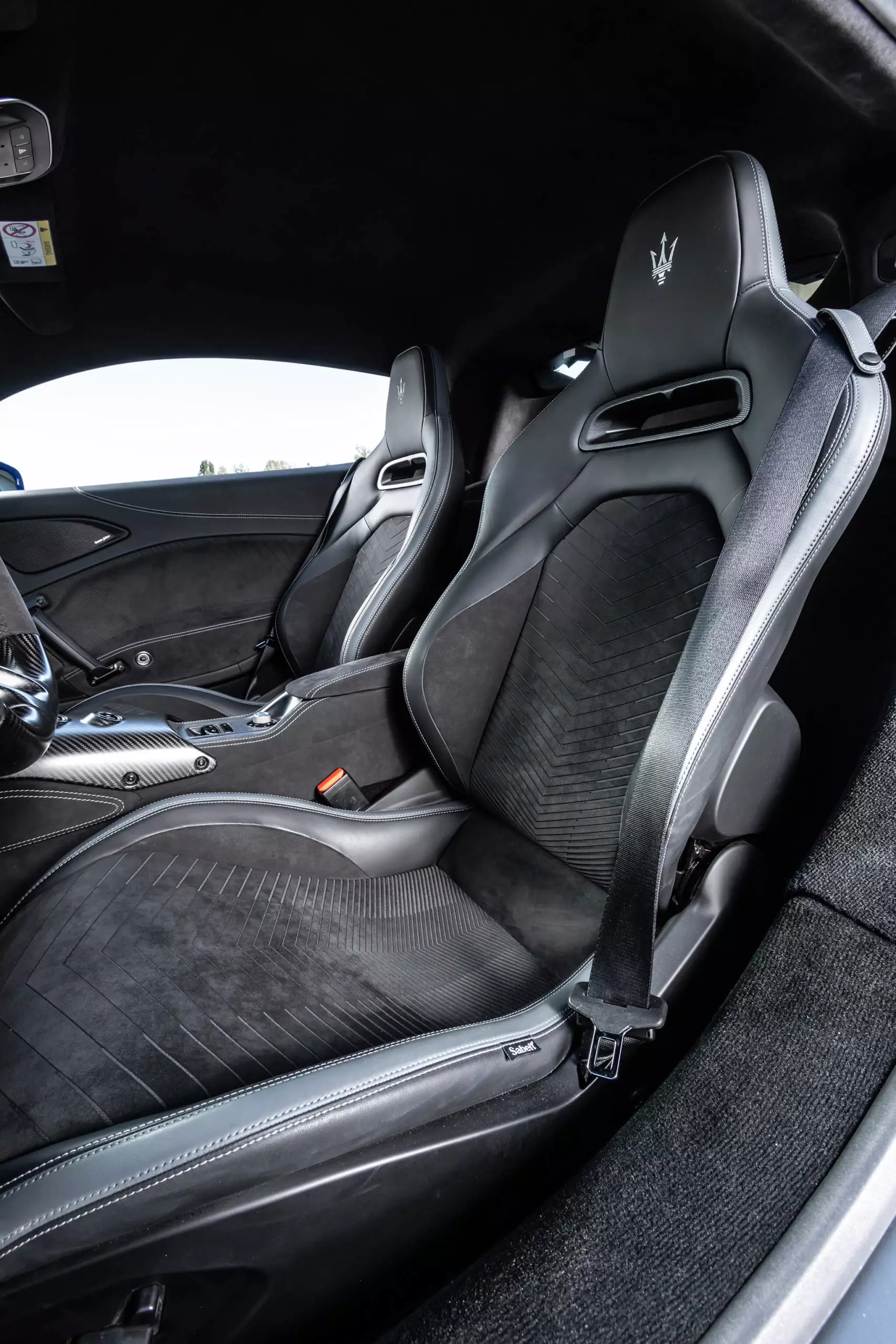
Surprisingly comfortable…
The first dynamic experience with the Maserati MC20 took place on public roads and at the Modena racecourse. Being a GT (or is it super-GT?), it makes more sense to see how the car behaves on uneven public asphalts, like the steep and winding ones that the Trident brand chose to prove the car's ambivalent personality.
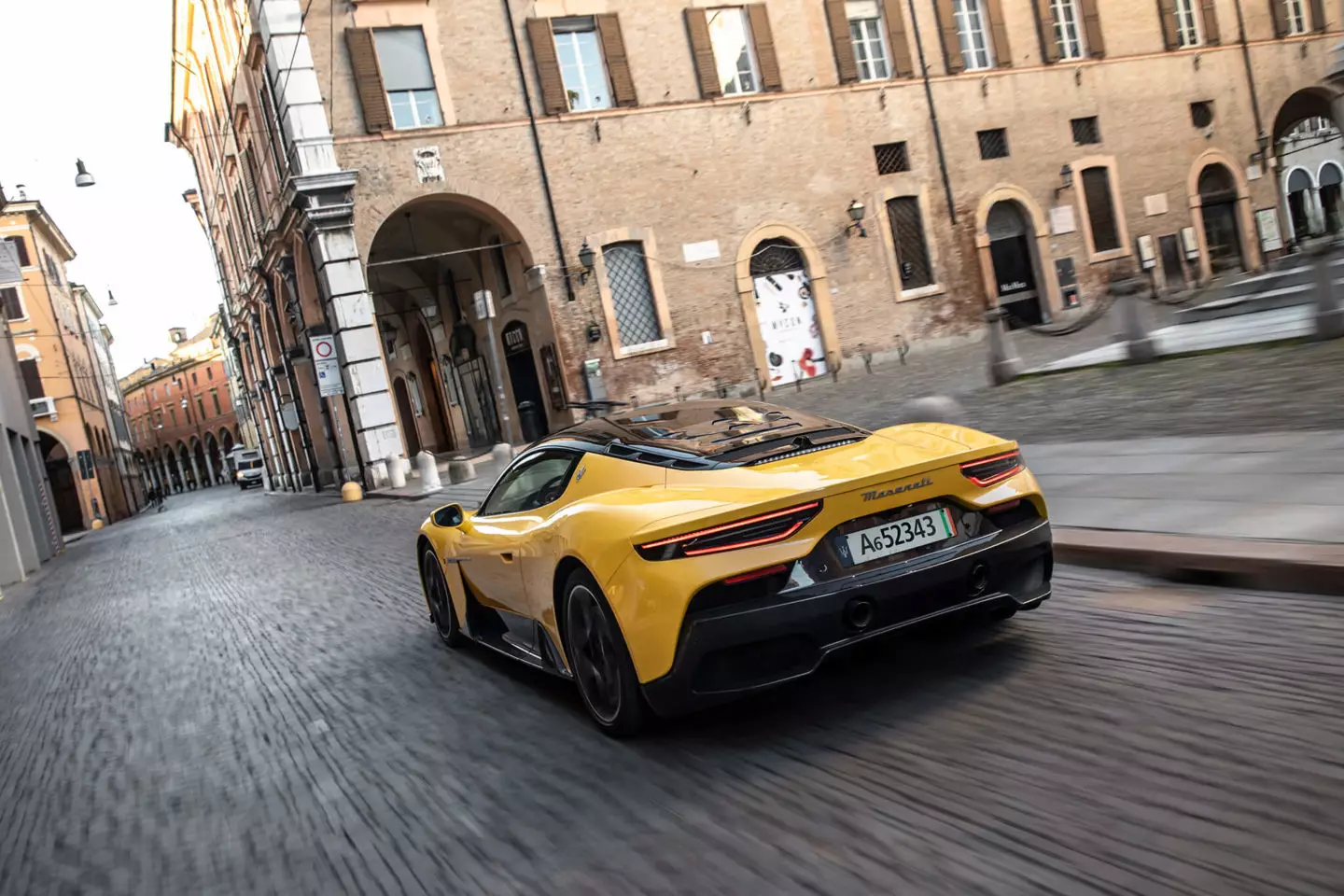
The suspension uses superimposed triangles at the front and rear and the shock absorbers are variable in their firmness, a fundamental condition for the Maserati MC20 to succeed in the dual mission of providing the comfort inherent to a Gran Turismo and the efficiency of a racing car on track .
What I found: whether you select Wet or GT, the suspension is always relatively comfortable, even going through bigger bumps and bumps, but the Italian engineers went one step further and gave the driver the chance to select smoother damping, even when the rest of the variable parameters (steering, throttle mapping, snare response, engine sound) are kept in the “angsiest modes” (Sport and Corsa). As explained, once again, by Landini:
Federico Landini, development director for the Maserati MC20"The MC20 will be able to spare the skeleton of the occupants from excessive jolts, not only because the different driving modes are well spaced out, but also because each mode has two damping settings, one more comfortable and the other sportier."
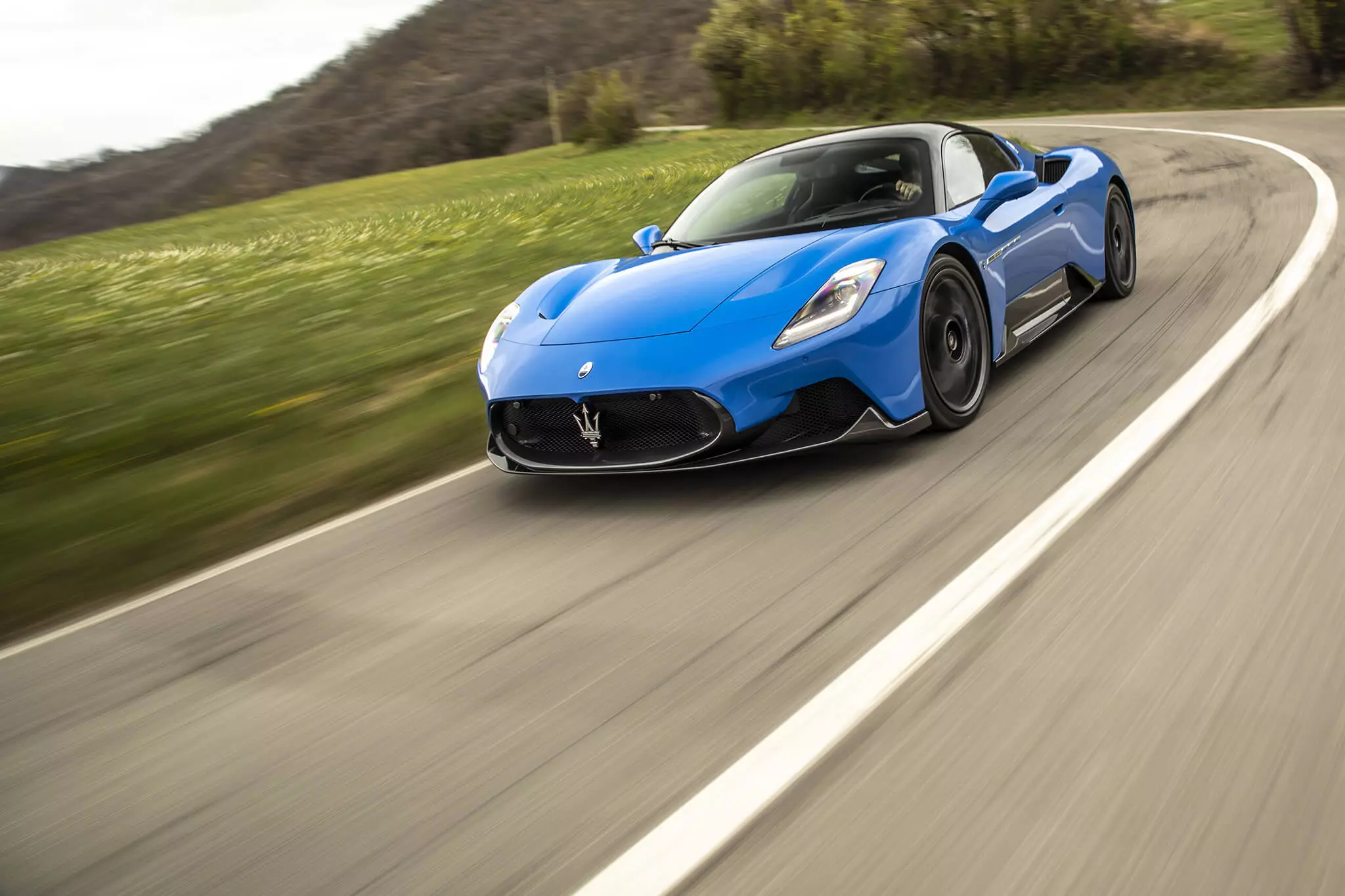
Just press the button in the center of the rotary control to make that choice: in Wet and GT, pressing the middle button activates a half-dry setting, in Corsa and ESC-off it adjusts the damping for smoother adjustment. It lacks an Individual mode, a decision that Maserati engineers justify as something their customers said had no advantage for them.
…, but like “fish in the water” on track
Once on the track, things get more serious. After adjusting the sports seats with integrated headrests, and of course the steering column, a touch of the Start button on the face of the steering wheel (for the first time on a Maserati) and the 3.0 l twin-turbo V6 (with lubrication system). dry sump to ensure adequate engine oil irrigation, even in the presence of strong centrifugal forces) warns the senses with promising thunder.
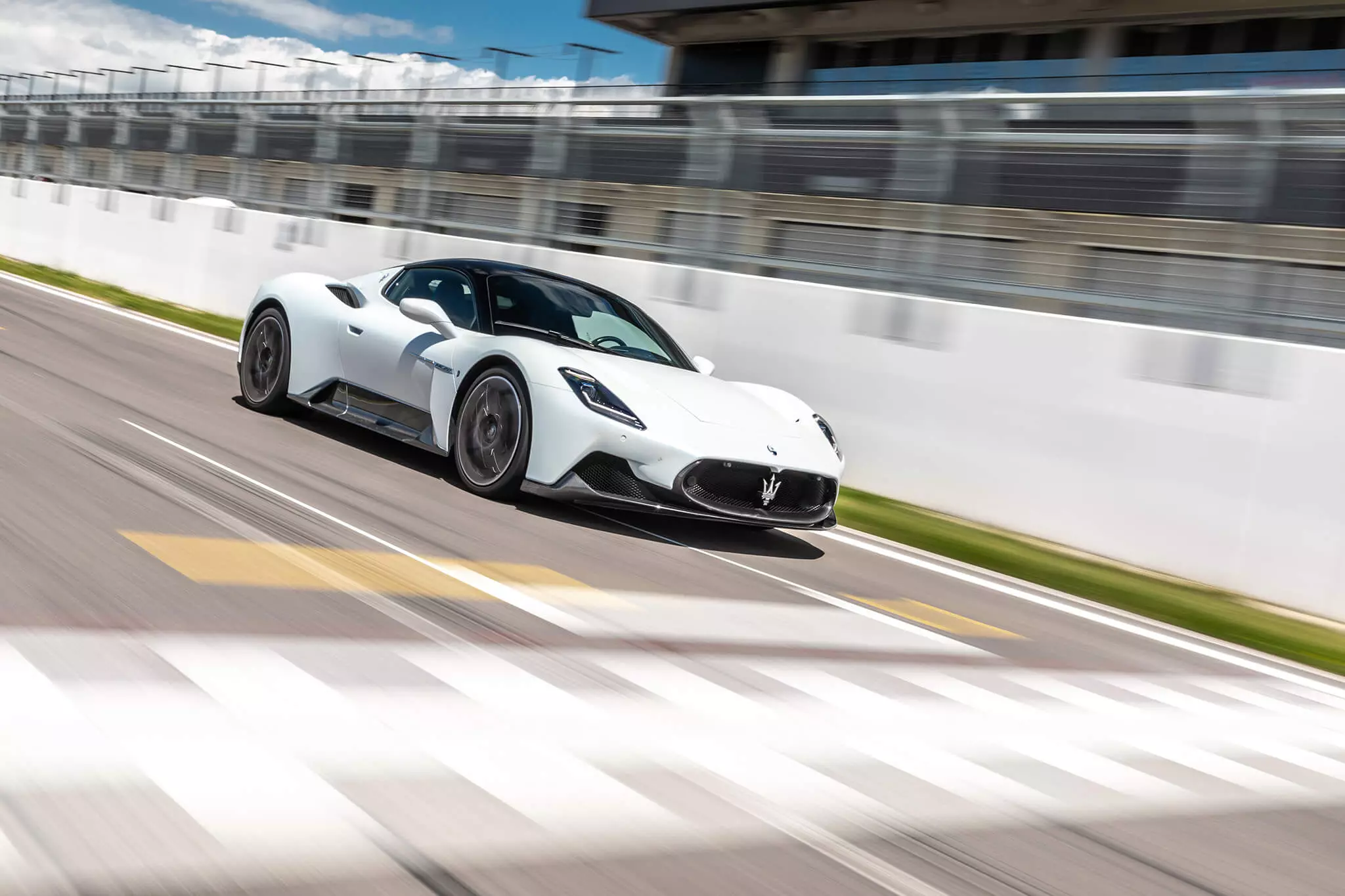
The dual-clutch eight-speed gearbox (supplied by Tremec, is the same unit used by the current Corvette Stingray) shifts into a higher gear with acceptable smoothness as we complete the first kilometres, but when I switch to the Sport and Corsa programs (the latter is the most aggressive) cash transfers gain a new urgency, as they should. Using the large paddles mounted behind the steering wheel and performing the same task manually is always an option that involves us even more in driving.
It's also evident that the Nettuno V6's response is impressive at lower revs, also reflecting the very favorable weight/power ratio of just 2.33 kg/hp (in fact, you can see that the car is light as a pity for the your really quick reactions). The drive-by-wire accelerator has its share of merit in this almost instantaneous response.
In the winding section of the track, you can feel that the mid-range rear engine setup (which works wonders with McLaren's V8s) has a large part of the credit for the Maserati MC20's excellent overall balance (the 50-50 weight distribution is also alright too -coming).
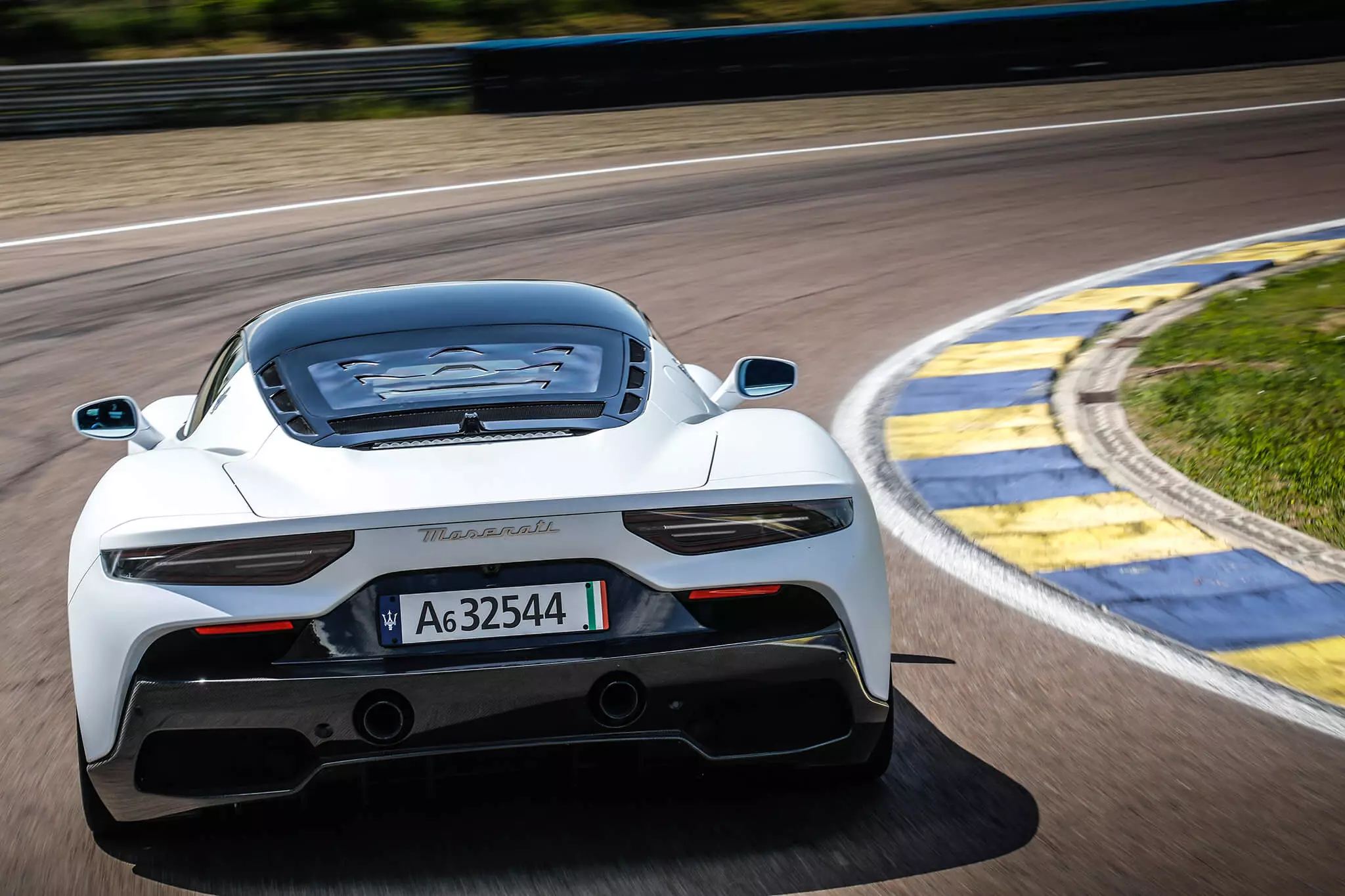
Body rigidity is also felt even during strong transverse acceleration. And, unless the sharp corners or quick left/right combinations are approached with lack of common sense, the MC20 tends not to remind us of its rear-wheel-drive nature.
The auto-locking rear differential (mechanical as standard, electronic optional) helps ensure that the car is driven “on rails” most of the time. Landini explains, once again, that “the electronic self-blocking only satisfies half of potential customers, who don't want to take their MC20 to the track. It's more comfortable, while the mechanic is more brusque, but also lighter, which is a priority when trying to make fast lap times.”
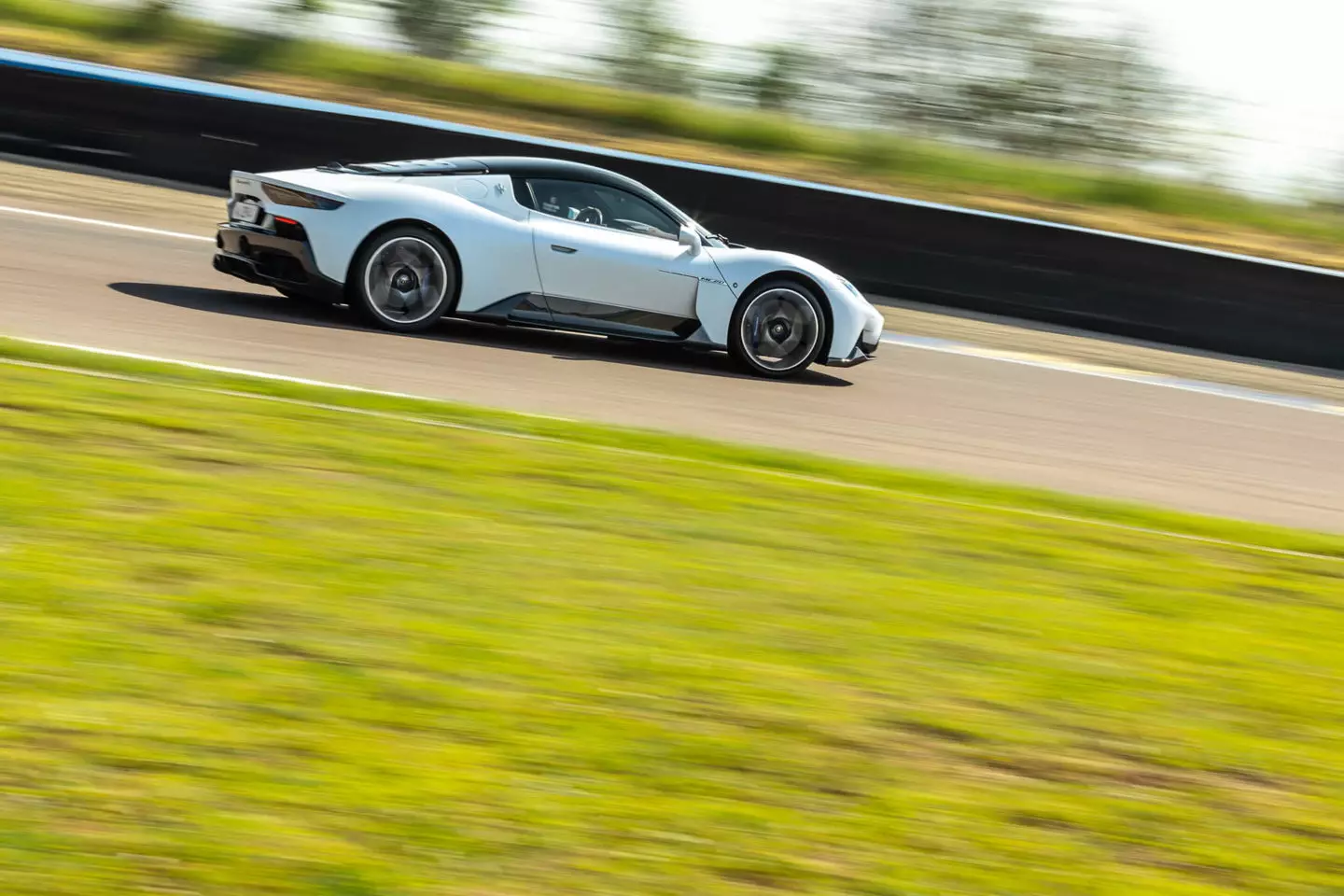
The electric steering — it has a system that Italian engineers call “semi-virtual”, an evolution of the one used on the Alfa Romeo Stelvio and Giulia — provides good feedback and response speed, and is designed to be free of disturbing propulsion forces. .
The carbon-ceramic brakes (optional, but fitted to this test unit) feel quite powerful. And at 240 km/h, even without bulky aerodynamic appendages, the Maserati MC20 is more “glued” to the asphalt, a result of the 100 kg of aerodynamic load on the body (downforce).
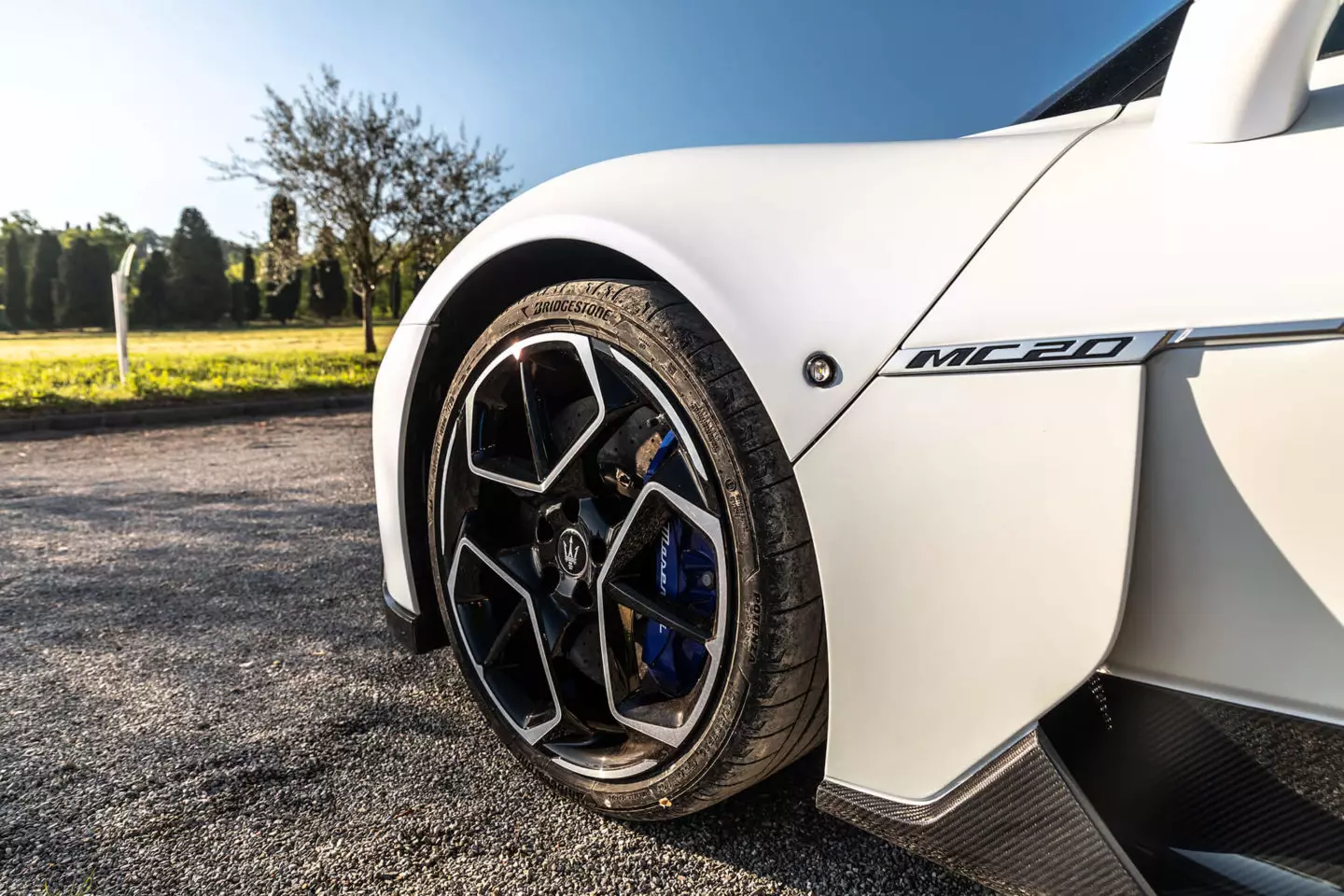
turning point
All in all, it's not hard to admit that Maserati is back with a top-notch supersport that is equally capable of shining on public roads without causing us skeletal damage.
The Maserati MC20 is the demanding best of its class in more ways than one and is sure to draw the attention of mighty German and British rivals, a first feat that the Italian manufacturer from Modena has not been able to achieve in a long time. And to make that future as bright as possible, some of the magic that has been created for the MC20 should be spread across the entire future range of all-new models.
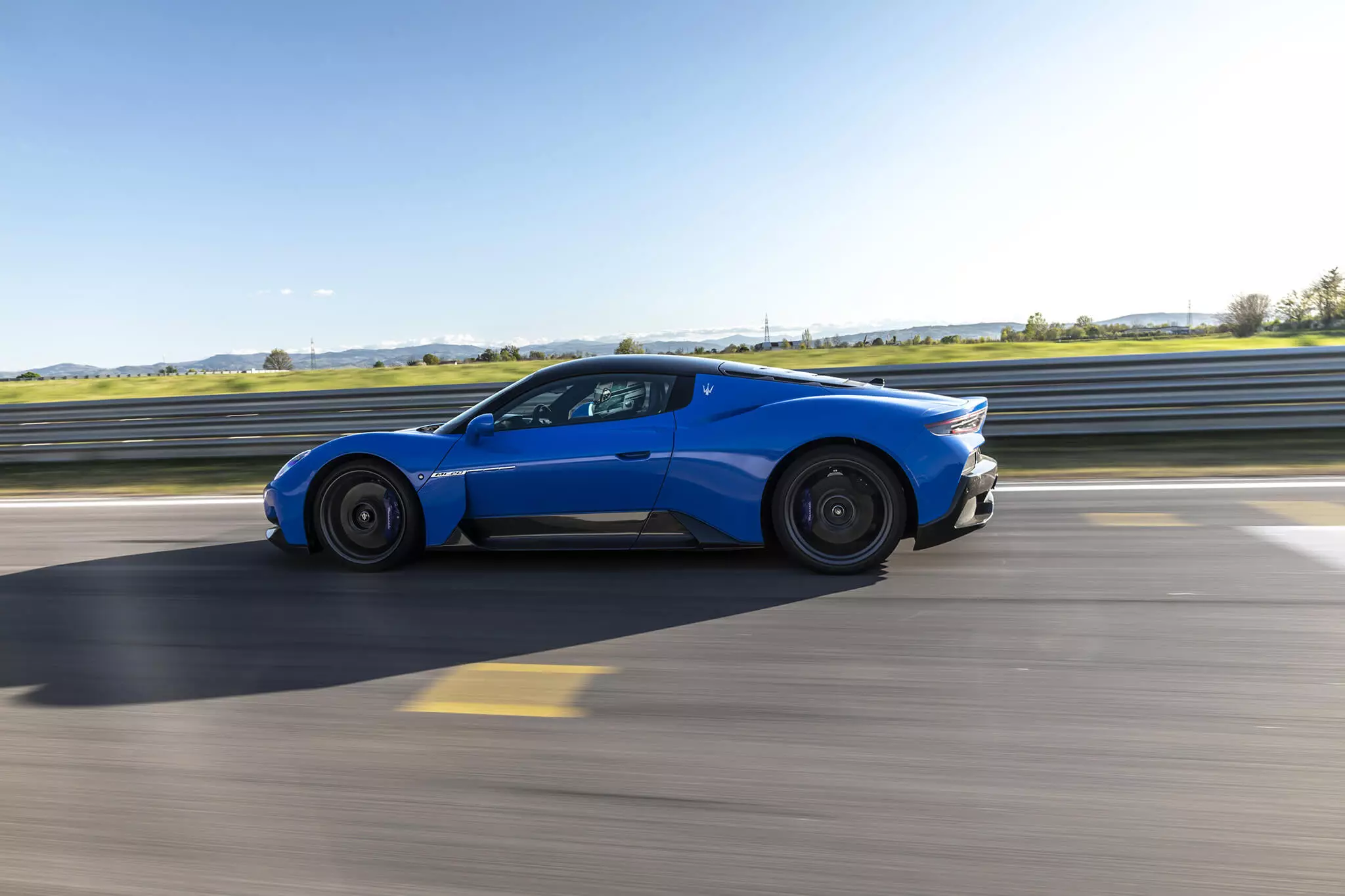
Now part of the Stellantis Group (comprised of no less than 14 brands from the PSA and FCA groups that have recently merged), Maserati can believe that its relaunch plan (MMXX) will really come to fruition.
With seven new models until 2025: MC20 (with convertible and electric versions in 2022), the medium-sized SUV Grecale (with Alfa Romeo Stelvio platform and expected arrival in 2022 and with electric variant in 2023), the new GranTurismo and GranCabrio (also in 2022 and with “battery-powered” versions) and new generations for the Quattroporte sedan and Levante SUV (also as electric).
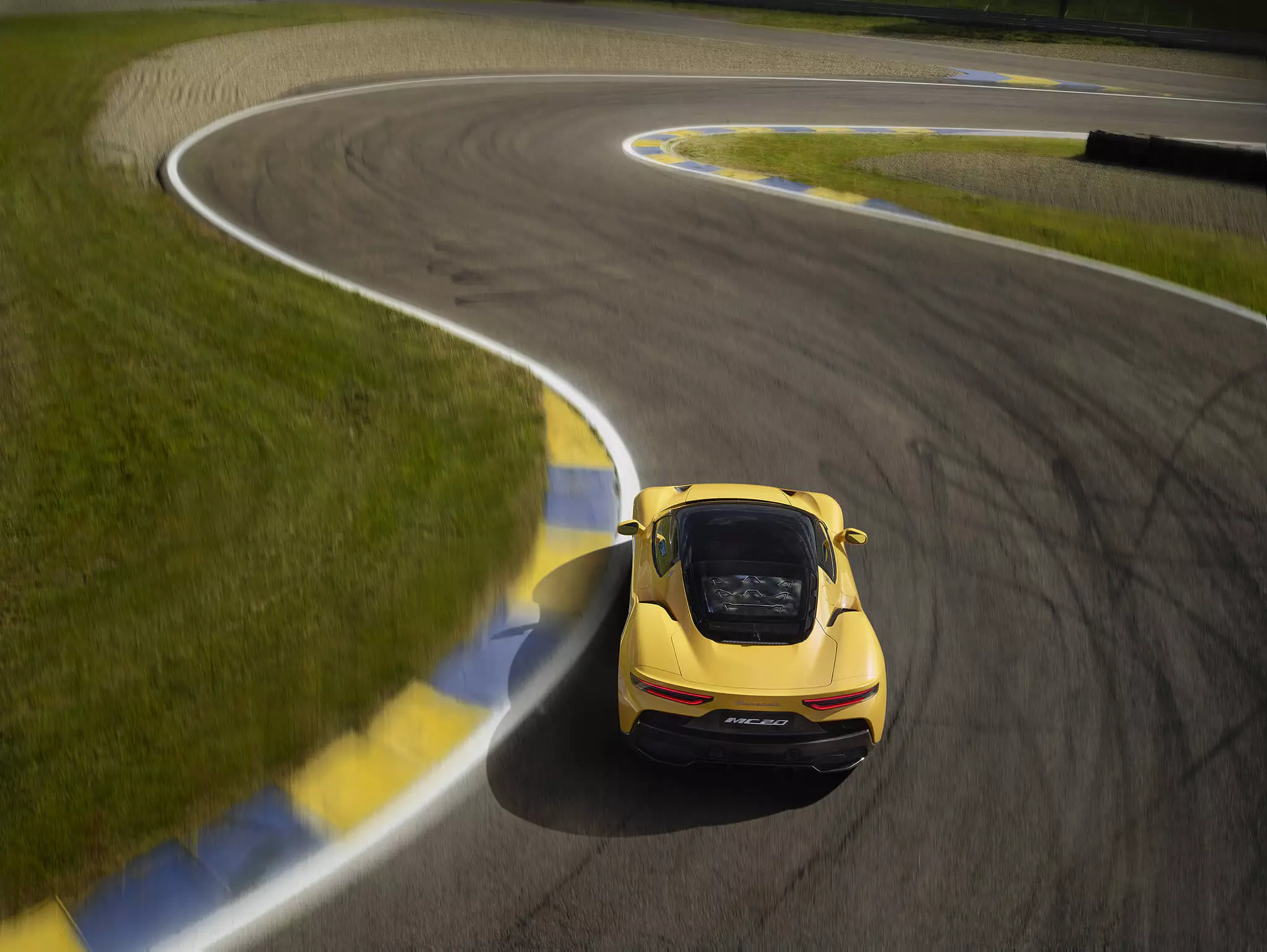
And so there can be confidence that 2020 was the last of several consecutive years of losses and that annual sales worldwide could triple considering the 26,500 cars put on the road last year.
Let's be careful.
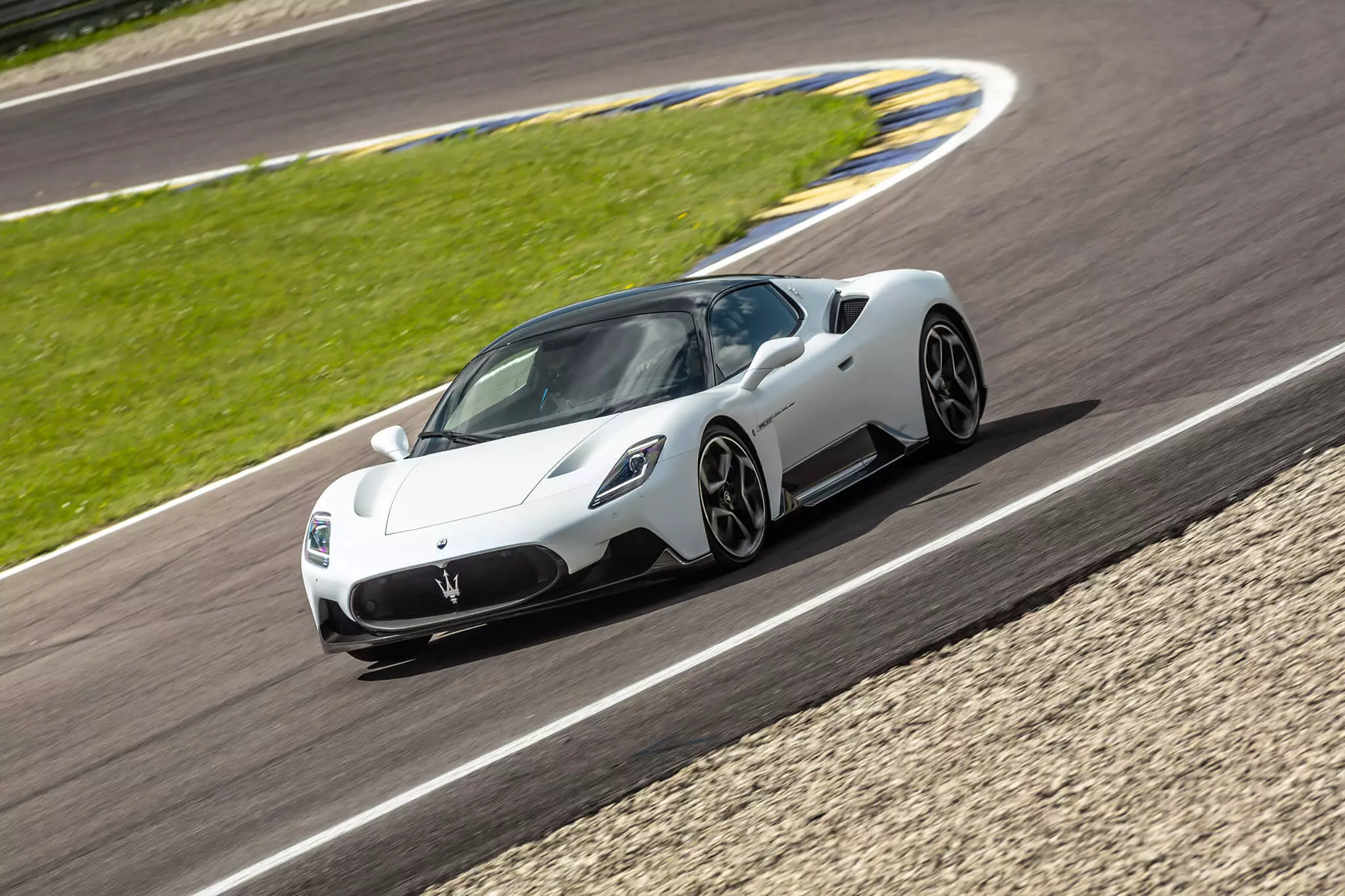
Technical specifications
| Maserati MC20 | |
|---|---|
| Motor | |
| Position | Rear longitudinal center |
| Architecture | 6 cylinders in V |
| Capacity | 3000 cm3 |
| Distribution | 2 ac.c.c.; 4 valve per cylinder (24 valve) |
| Food | Injury Direct, Biturbo, Intercooler |
| power | 630 hp at 7500 rpm |
| Binary | 730 Nm between 3000-5500 rpm |
| Streaming | |
| Traction | back |
| Gear box | 8-speed automatic (double clutch) |
| Chassis | |
| Suspension | FR: Independent of overlapping double triangles; TR: Independent of overlapping double triangles |
| brakes | FR: Ventilated discs; TR: Ventilated Discs; Option: Carbo-ceramic discs |
| Direction/No. of turns | Electrical assistance/2.2 |
| Dimensions and Capabilities | |
| Comp. x Width x Alt. | 4669mm x 1965mm x 1221mm |
| Between axles | 2700 mm |
| suitcase capacity | 150 l (FR: 50 l; TR: 100 l) |
| Wheels | FR: 245/35 ZR20; TR: 305/30 ZR20 |
| Weight | 1470 kg |
| Provisions and consumption | |
| Maximum speed | 325 km/h |
| 0-100 km/h | 2.9s |
| 0-200 km/h | 8.8s |
| Braking 100-0 km/h | 33 m |
| Combined consumption | 11.6 l/100 km |
| CO2 emissions | 262 g/km |
Note: The acceleration, maximum speed and braking values may change, as they are still in the approval process. The price advertised below is the estimated value.
